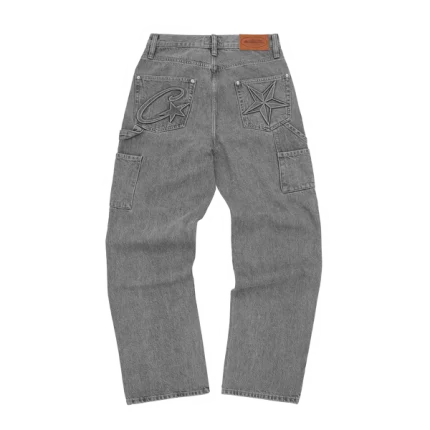
The issue of military clothing has been a long-standing subject of strategic planning, cultural norms, and technological innovation. While it may seem like a straightforward question, the decision-making process behind the attire worn by soldiers in conflict zones involves a mix of factors ranging from practicality to politics. This article explores how and why military uniforms are chosen, as well as who holds the responsibility for these decisions from Who Decides War Clothing.
The Role of Military Leaders in Clothing Decisions
Military leaders and high-ranking officers play a central role in deciding the kind of attire soldiers will wear during operations. These decisions are often based on the tactical needs of the battlefield, as well as the requirements for durability and comfort. The uniform must not only provide camouflage but also incorporate materials that allow soldiers to carry out their duties effectively. When it comes to combat zones, military leaders weigh the pros and cons of different fabrics, colors, and designs to ensure that their troops are well-equipped. Similarly, when considering casual attire for soldiers, they may have to address questions such as, Who decides War jeans and how these may fit into the overall military aesthetic or practical requirements.
The Influence of Government and Defense Contractors
In many nations, decisions regarding military attire are influenced by government authorities and the defense industry. The government allocates the necessary budgets for research and development of uniforms and protective clothing. Meanwhile, defense contractors collaborate with the government to create clothing designs that meet specific military needs, from lightweight materials to garments that provide thermal regulation. Companies specializing in military wear constantly innovate to incorporate advanced materials, such as fire-resistant fabrics or moisture-wicking technology, into the design of uniforms. Through these partnerships, the choice of military clothing becomes a product of both governmental oversight and private-sector expertise.
The Role of Designers in Military Clothing
Designers also play an integral part in determining what soldiers wear. Whether in charge of developing the overall aesthetic of the uniform or focusing on functional elements like pockets and zippers, designers work closely with military experts to craft clothing that strikes a balance between appearance and utility. Designers take into account environmental factors, such as the terrain soldiers will be operating in, and adjust the clothing accordingly. For example, desert camouflage uniforms may differ significantly from those used in forested or arctic regions. The appearance of military attire also has symbolic significance, which is why designers take care to preserve the dignity and respect associated with military uniforms.
Cultural and Historical Influences on War Clothing
Cultural traditions and historical precedents can have a significant influence on the clothing decisions made by military leaders. Often, historical uniforms inspire modern designs, and in some cases, specific pieces of clothing have become iconic symbols of particular military units or nations. For instance, the beret, once worn by French soldiers, has become a popular symbol in military clothing worldwide. Moreover, cultural norms about modesty, protection, and functionality are incorporated into the design of uniforms, ensuring that the attire is appropriate for soldiers across different regions and backgrounds. These factors further contribute to the multifaceted decision-making process behind military clothing.
Technological Advancements Shaping War Clothing
Technology has significantly altered the landscape of military clothing in recent years. Innovations such as body armor, ballistic protection, and integrated electronics are becoming increasingly common in the uniforms worn by soldiers. Body armor is designed to protect soldiers from projectiles, while some uniforms are now being equipped with integrated communication devices to help soldiers stay connected during operations. Furthermore, advancements in fabric technology, like the use of infrared camouflage or lightweight materials, have revolutionized the way soldiers are outfitted. These technological developments play a large role in shaping the future of military attire, making the decision process even more complex.
The Importance of Psychological Factors in Clothing Decisions
Finally, psychological factors also come into play when determining military clothing. Uniforms are not just functional; they serve to instill a sense of pride, unity, and identity among soldiers. The right attire can boost morale and strengthen the feeling of belonging to a unit. Moreover, how soldiers are perceived by others, both allies and enemies, can have an impact on the effectiveness of a military force. The color, style, and fit of uniforms may influence how soldiers are viewed, as well as their confidence levels. This is why, when considering questions like “Who decides War jeans?” military leaders must account for both the psychological impact on the soldiers and the perception of the public.
In conclusion, the decision-making process regarding military clothing is far from simple. It involves collaboration between military leaders, government agencies, designers, and manufacturers, all while keeping in mind the practical needs of soldiers, Cultural influences, and technological advancements. Through these collective efforts, military uniforms are carefully crafted to serve not only as protective clothing but also as symbols of national pride and unity.